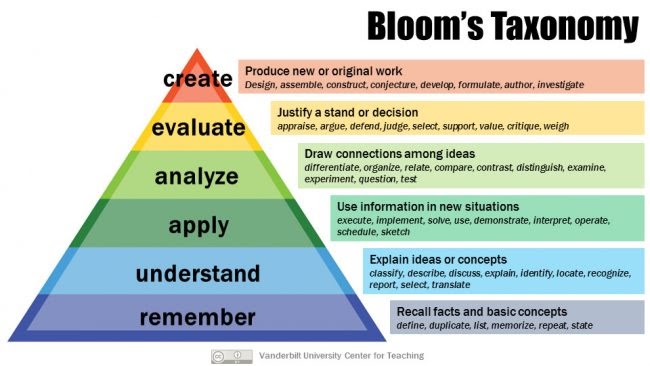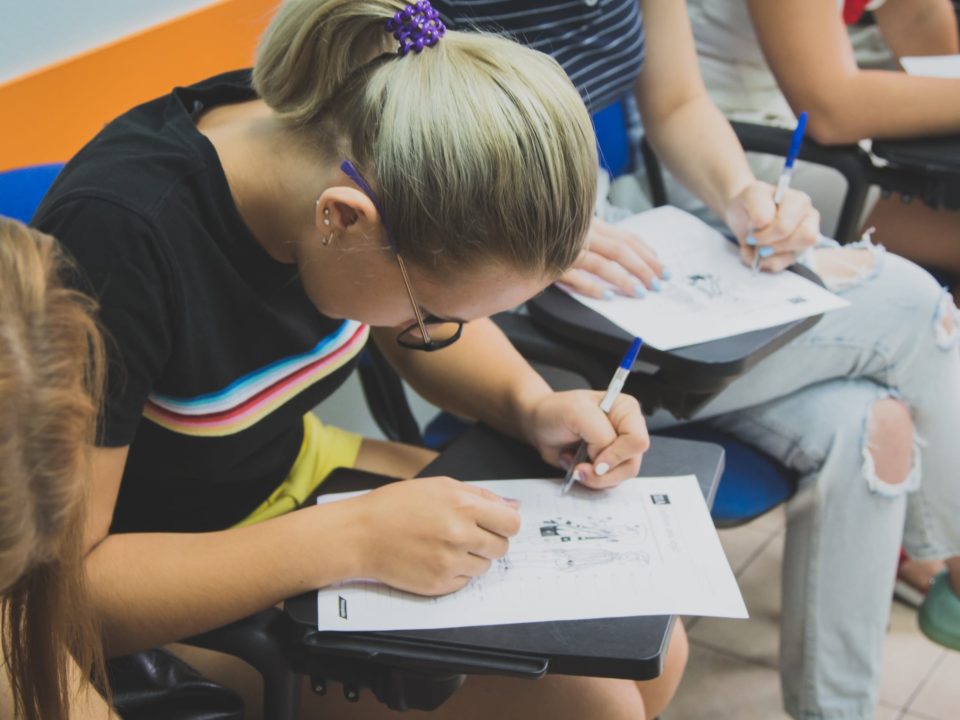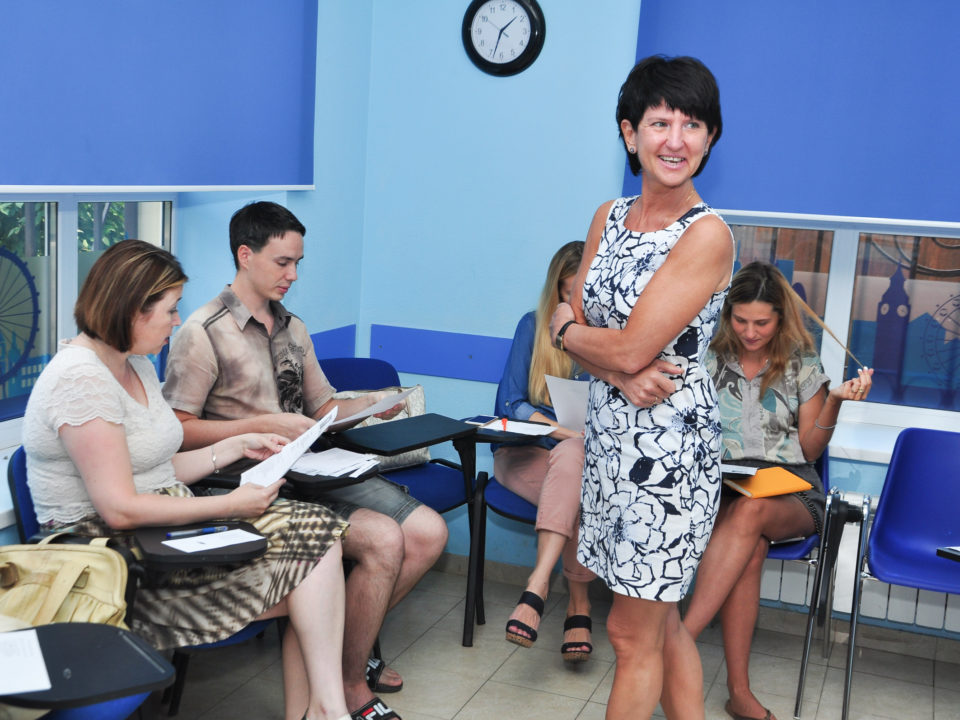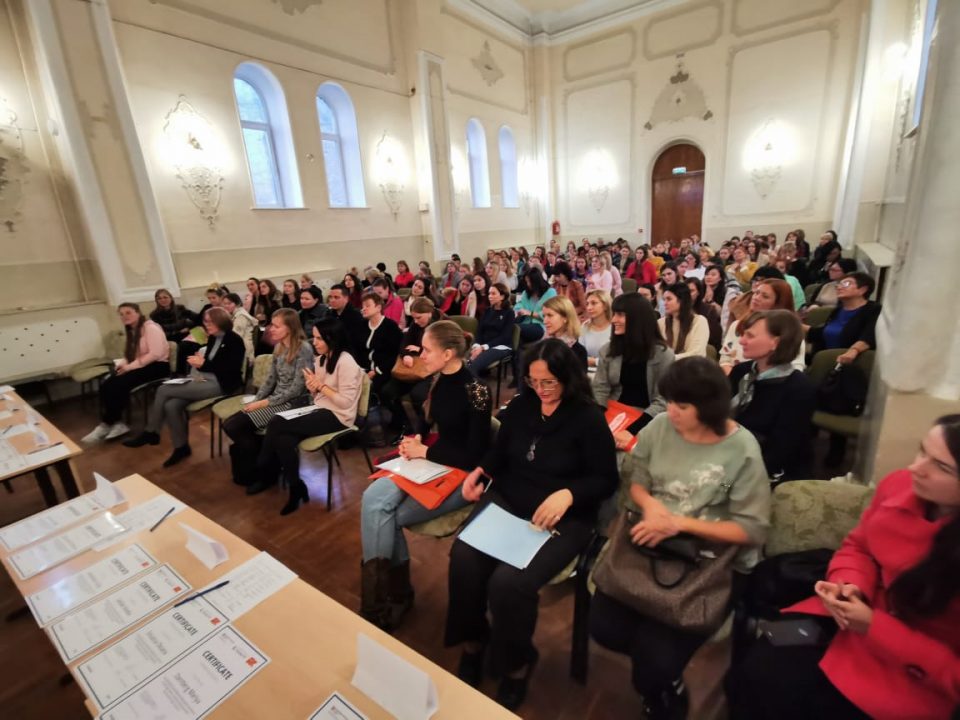Teaching life skills to teenagers
Life skills, soft skills, 21st-century skills or transferable skills – call them as you like. But what are they, and why have they been such buzzwords in education recently? Life skills is a term used to describe a set of basic skills acquired through learning and/or direct life experience. These skills help us deal effectively with the challenges at school, at work or in our personal lives.
Life skills include a wide range of competences, such as creative and critical thinking, decision-making, problem-solving, communication skills, mindfulness and empathy. Most of these skills can be applied in different jobs and environments, this is why one of the terms for them is transferable skills. We do need to know how to manage our time well, to work in a team efficiently, or to face change and new challenges. But what does it have to do with English lessons?
There are several reasons why we should teach our teenage learners these skills. First, life is changing faster now than ever, and our teenage students have to be ready for its challenges and stress from a much younger age. Communicative English lessons already include a number of activities which are just perfect for life skills development, such as problem-solving games and debates, personality tests, projects and presentations. Second, today’s students need training in skills that can be applied to multiple jobs. The times when a person could stick to one job for all their life are gone. Now, according to the US Department of Labor, a modern teenage learner is likely to have 10 to 14 jobs by the age of 38. So, apart from being knowledgeable, our learners will benefit from being flexible, resilient, creative and agile.
Another thing that goes hand in hand with 21st-century skills is HOTs. You have probably heard about Bloom’s taxonomy. It was designed by Benjamin Bloom and his colleagues and it describes levels of thinking. Bloom’s taxonomy is a hierarchy which consists of six levels:
- Knowledge – an ability to remember and recognize facts, or information (e.g. answering comprehension questions from a reading)
- Comprehension – an ability to understand, describe facts (e.g. discussing why a character behaved in a particular way)
- Application – an ability to use the acquired information (e.g. applying information from one situation to a different situation in a debate activity)
- Analysis – an ability to examine the new information or break down concepts or ideas to understand the relationship of the parts to the whole (e.g. analyzing prefixes to see how word meanings change)
- Evaluation – an ability to assess the information against specific criteria (e.g. peer editing using a checklist or rubric)
- Creation – an ability to generate, design new ideas, concepts (e.g. developing a new product and presenting it to the class

Evaluation, creation and analysis are considered to be HOTS, or higher-order thinking skills. Unlike LOTS, lower-order thinking skills, HOTS will significantly improve students’ critical thinking, logical thinking, and problem-solving. They enable students to reach a higher level of mastery and achievement both in academic and career fields.
Below in this article, you will find some practical ideas on how to incorporate life skills into your lessons, which coursebooks to use and what to bear in mind.
Creative thinking
Creative thinking enables students to see things in a different light, which leads to innovation and discoveries. Children and teenagers need to develop this skill as their ability to generate fresh ideas and come up with unusual decisions will make them an asset at their future workplace. Not least, the ability to think outside the box will definitely help your students in decision-making, building relationships and solving problems. To practise creative thinking, try the following:
- Ask students to think of 5 ways to compare a tree with a piece of spaghetti.
- Ask students to think of 10 uses of a paper clip or any other object.
- Invite them to solve a lateral thinking puzzle. Lateral thinking puzzles are unusual or weird riddles in which students are given a little information and then have to find the answer. You can find tons of them on the Internet by googling for ‘lateral thinking puzzles’. They are solved with the help of logic, but creative thinking can help a great deal here too, so you are killing two birds with one stone. A student has a card with a riddle and the answer. They read out the riddle and invite other students to ask questions. There are three possible answers: “Yes”, “No”, or “Irrelevant”. So it goes till the riddle is done or the students give up.
- Practice ‘odd-one-out’. This is a traditional activity where students are asked to find an odd word in a row of 4 or more. Change the rules: now every word is wrong, your students just need to prove it. For example, in ‘hour – head-hunt – birdhouse’ the first word is different as ‘h’ is not pronounced, while ‘hunt’ is the only verb.
- Use doodles or pictures. This activity was taken from Penny Ur’s “Discussions and More”. Draw a doodle on the board. Make sure it doesn’t represent anything specific but is just an abstract piece of drawing. Invite teenagers to share their ideas on what this doodle represents. After you’ve listened to all the interpretations, decide which of them is the most creative and unusual. The student who’s offered the most original idea draws the next doodle and asks for interpretations from their groupmates.
Critical thinking
Critical thinking is the ability to think clearly and rationally, understanding the logical connection between ideas. It also implies an ability to check information for credibility or distinguish facts from opinions, for instance. Here are some implications for the classroom:
- Ask ‘Why?’ and ‘How?’ rather than ‘What?’ or ‘When?’.
- Encourage inference. Ask students to predict the content of the text by its title or illustrations. Work with visuals: apart from just describing it, invite students to share what they think is true about the picture and explain why they think so.
- Use problem-solving tasks. For example, you can find some in Penny Ur’s book ‘Discussions and More’.
- Encourage debates.
- Teach teens to check writings for overgeneralization and subjectiveness:
Paper books are becoming less and less popular in our modern world. Unfortunately (too subjective), most people (what is it based on? Research? Any proofs?) choose the Internet or other digital sources of information. That is why (is it a well-developed logical connection?) I believe that paper books are useless.
- Teach teens to check sources of information for credibility. You can develop some checklists and ask students to use them while preparing a presentation or doing research. The checklists might include the following questions:
Who wrote this text? What do you know about this person? What other things have they written?
Which website is the text from? What do you know about this website?
Do the places/people in the text really exist?
Is there photographic evidence of what the text says? Does it look real?
Communication skills
A traditional communicative lesson is likely to contain a lot of practice to develop communication skills. Here is what you can do to make sure that it is true:
- Use open-ended questions. Try not to limit yourself with ‘yes/no’ or ‘right/wrong’ type of questions. Make room for students’ own ideas. For example, in a gap-fill task with irregular verbs ask students to think of any verb that fits. Instead of giving the word ‘make’ in brackets, just remove it and let students come up with all ideas possible:
She ___________ a cake.
If you are writing a dictation, dictate sentences that students can finish with their own ideas.
Yesterday I was walking to the ___________ when suddenly I saw a ___________ woman. She was wearing ___________, and she was carrying ___________. The strangest thing about her was ___________. Etc.
- Vary interaction patterns. Ask students to work in different pairs, groups, or as a whole class. Use pyramid discussion: introduce a problem to solve and let students think about it for a while on their own. Then, put them into pairs and let them share their ideas. Move on with rearranging the pairs into threes or fours. Repeat up to the whole class, depending on the size of the group. When all the group is together, check if they can agree on one solution.
- Run role-plays and debates.
- Teach presentation skills.
- Include digital communication. Zoom etiquette and Instagram posting are also forms of modern communication, to name a few.
- Assign group projects and presentations.
- Practise negotiating, networking and getting through interview skills. Watch videos on topic, discuss and practise in class, check out ‘Gateway’ coursebook series – their Life Skills pages are up-to-date and highly practical.
All in all, teaching life skills to our teenage learners seems to be of great use for them. It might improve their academic performance, prepare them for the world of work, and even boost their self-confidence. Of course, we cannot make them think critically or enjoy being creative. However, as Dave Spencer, the author of the ‘Gateway’ coursebooks, says, ‘like it or not, the very moment an adult teacher walks into a class full of young students, whatever subject we teach, we are teaching Life Skills by providing a model for our students.’









